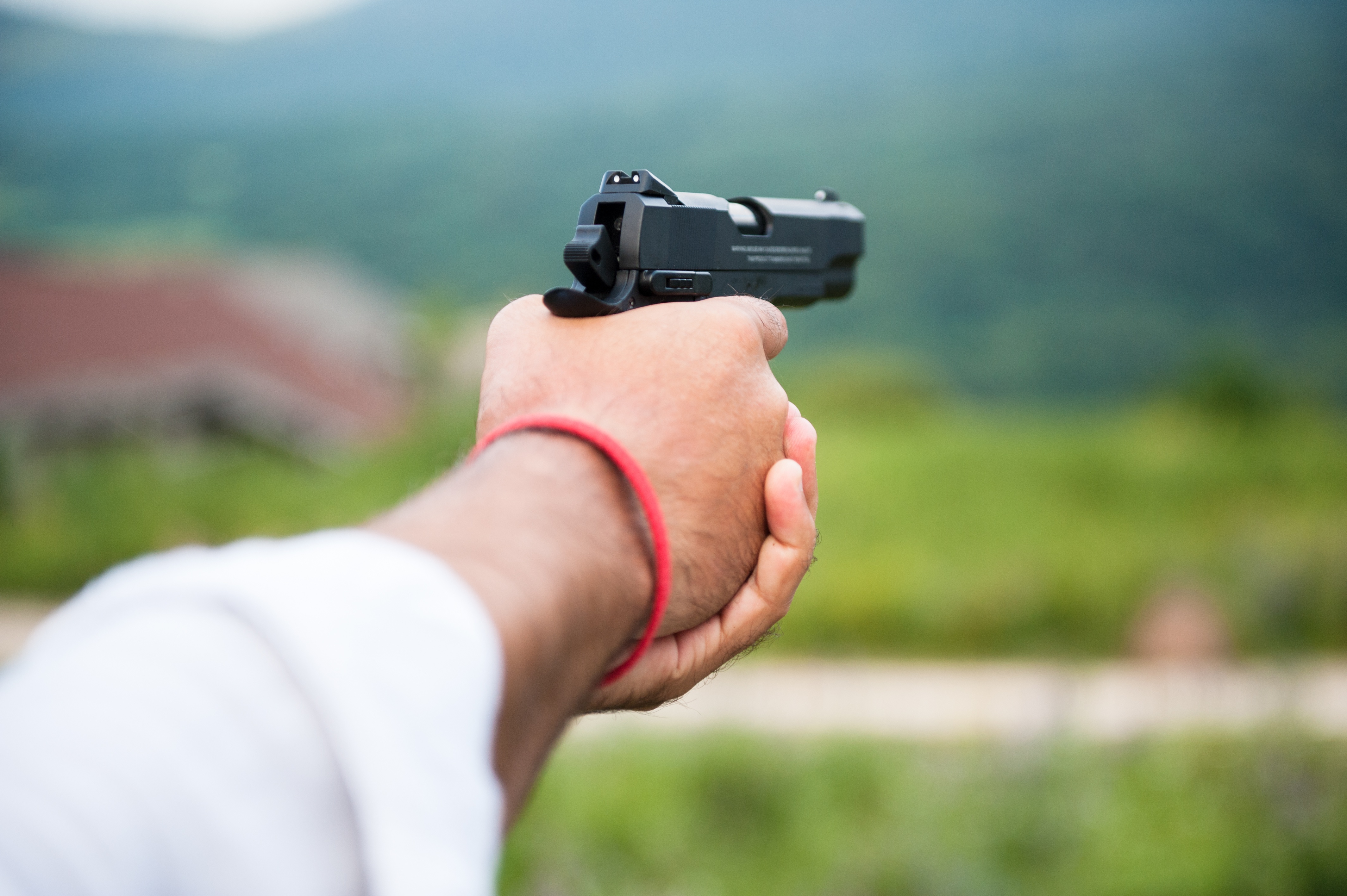
School Violence and the Long-term Impact
An article in the Washington Post yesterday highlighted the life-changing experience for 1st graders who survived a shooting massacre on their playground in Townville Elementary on September 28, 2016. No child should have to endure such a horrific experience, and the long-term impact is real.

"In each shooting’s wake, the children and adults who die and those who murder them become the focus of intense national attention. Often overlooked, though, are the students who survive the violence but are profoundly changed by it."
Less than a year has passed since the Townville attack, but most of us educators have already forgotten about it. Our behavior is similar to the reaction of a wildebeest when a member of the herd is attacked by an alligator in the river. (See this animate video) It's an immediate tragedy that induces sadness and outrage, but very little actually changes in terms of preparation and prevention.
What's the big deal, anyway? The chance of an active killer showing up at your school is about 1%.The odds are in your favor, right?
But you're preparing students for more than just life on your campus, and at least most of your faculty are involved in activities throughout the community. And the probability of facing tragedy (e.g., natural disaster, auto accident, attacker, etc.) at some point in life is much higher.
That's why leadership resiliency must become an integral part of your curriculumfor faculty, students, and families. People who are prepared to respond (vs. emotionally react) in various situations like this are able to emotionally recover faster.
In our work with the safety and security experts at The Draco Group, we've learned that resiliency curriculum should include:
- The Principle of Distance: Is it more advantageous & responsible to increase or decrease distance from a threat?
- The Principle of Time: What actions can be taken or tools used to delay a threat until additional help arrives?
- The Principle of Training: What skills and cycle of learning should be implemented, including how frequently should training be refreshed to maximize preparation?
- The Principle of Response: What preparations are required to support responsive precision versus reactive chaos?
- The Principle of Awareness: How does each person maintain mental preparation and sharpness to anticipate and be ready?
With proper design, some highly effective safety and security measures can be implemented without having an adverse affect on your school culture. The preparations you are making for the upcoming school year should include upgrading the resiliency curriculum, expanding the safety training for all adults and students, assessment of all security equipment and processes, and more opportunities to practice.
Expanding your perspective for safety and security will help reduce school violence and the long-term impact.

.png?width=1000&height=199&name=SG-Logo3-Transparent-1000x199px%20(1).png)




